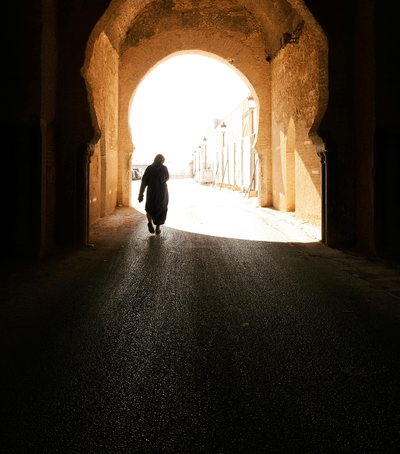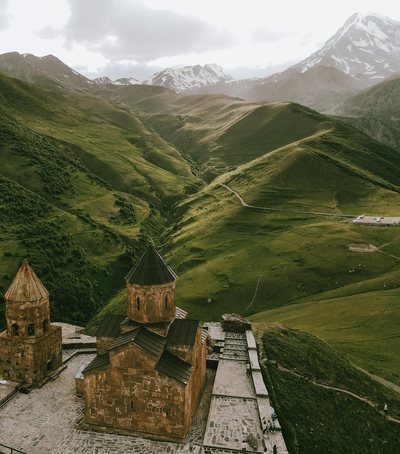
When the wind becomes a memory
In the vast steppes of Mongolia, where heaven and earth seem to touch, there is an ancient belief that still survives: the souls of people do not perish – they live on in the wind.
According to Mongolian tradition, the wind is not just a natural phenomenon, but a living force, carrying memories, emotions, and spiritual presence. When the wind blows, it is considered the voice of ancestors, returning to remember, warn, or bless.
This poetic concept, which unites animism, Buddhism, and steppe shamanism, sees man not as the ruler of nature, but as part of its breath.
The Spirit of the Wind – “Suld” and “Hiimori”
In Mongolian spiritual philosophy, every person has their own “suld” – their protective spirit – and “hiimori”, which translates as “the spirit of fate”.
When a person dies, their soul disperses into the wind, becoming part of the elements that continue to circulate in nature.
For this reason, the wind is never treated with disdain: it is not spoken of arrogantly, it is not mentioned during storms, because it is believed to hold the memories of the ancestors.
In shamanic ceremonies, the spirit of wind is invoked to cleanse, heal, and restore balance between the living and the invisible world.
Connection with nature and inner peace
For Mongolians, nature is sacred, and every element has a soul: the mountain, the river, the horse, even silence.
The wind is the message that connects these souls – a wordless language that one must hear with the heart, not the ears.
In moments of meditation, many people in the steppe sit facing the wind, let it touch their faces, and believe that it cleanses old thoughts, bringing the new breath of life.
This silent ritual is a form of natural meditation, a way to reconnect with the rhythm of the earth and the spirit of the universe.
The memory that never fades
The belief that souls live in the wind is also a philosophy about memory.
In Mongolian culture, death is not seen as an end, but as a change in the form of existence.
The soul is not lost, but dispersed – like the wind that moves but never dies.
When a child is born and a strong wind blows, it is said that a good spirit has come to protect him.
In this way, the memory of loved ones always remains alive in the air, in every whisper of grass, in every breath that touches the face.
The poetry of the wind and the nomadic spirit
The Mongolian people, raised in the freedom of space and the sky, have developed a special sensitivity to the wind.
In traditional songs, she is described as a friend, a lost love, a perpetual traveler.
In Mongolian literature and mythology, the wind represents the nomadic spirit – mobile, independent, but always connected to its roots.
It is a symbol of collective memory, preserving the history of a people without books, but with poetry carved in the air.
In a world that talks more and more and listens less and less, the Mongolian philosophy of wind teaches us the art of listening to the invisible.
It reminds us that the human spirit is not limited by the body, but extends to every breath of nature.
Because perhaps memory is not preserved only in books or memoirs –
but in the wind that passes by us, filled with the voices of those who have been.
Photo by Julia Volk: https://www.pexels.com/photo/a-man-in-brown-and-white-fur-coat-6413630/





